(262514 products available)


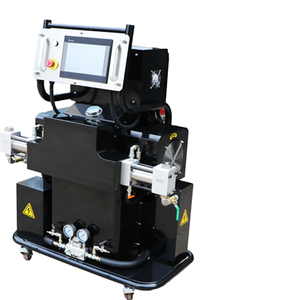

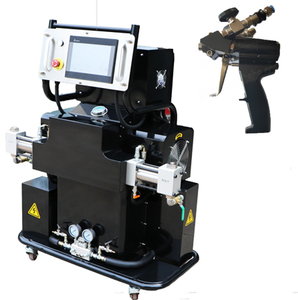
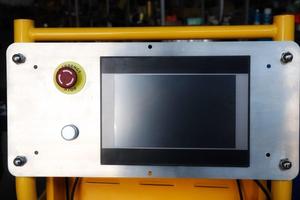



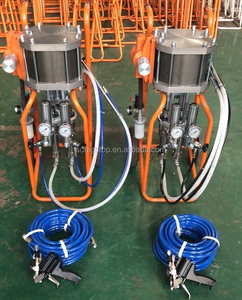


































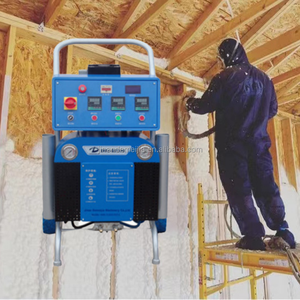
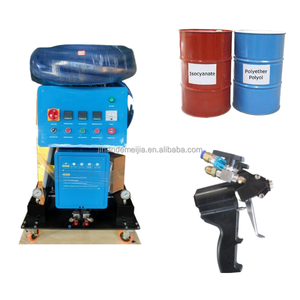


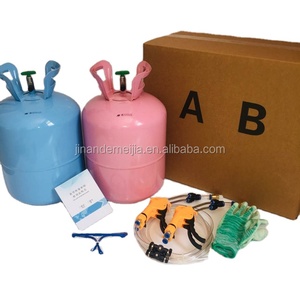




































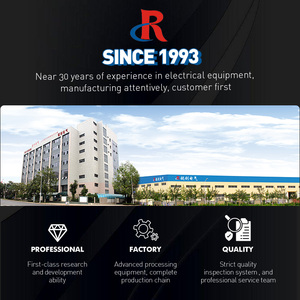

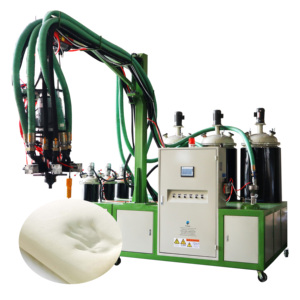


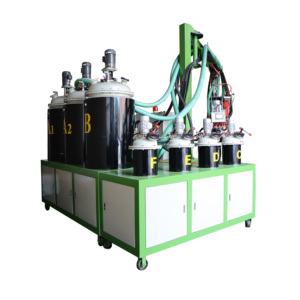


























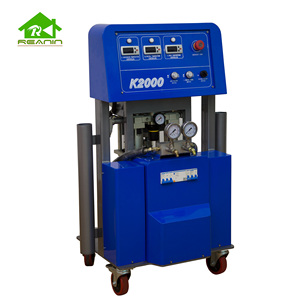
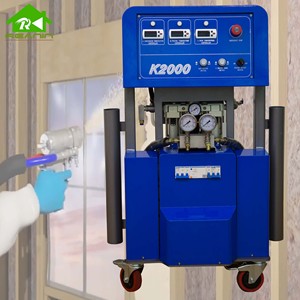





































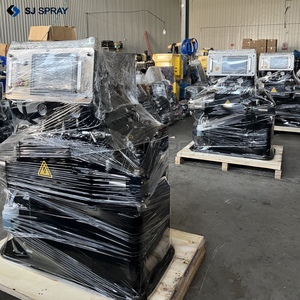



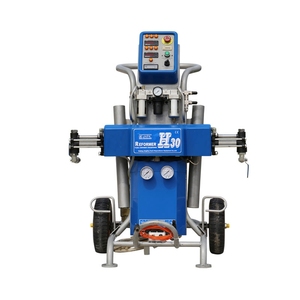

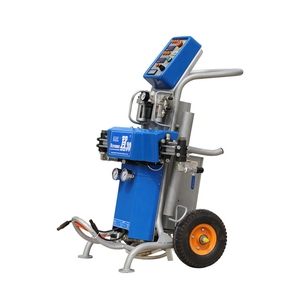



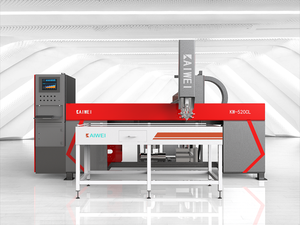




Equipment for polyurethane foams comes in diverse types. Some of the common ones include:
Foam Cutting Machines
This machine is vital in the production of flexible foam. It allows for the precise cutting of foam blocks into required dimensions. Usually, these dimensions are determined by application needs. Advanced foam cutting machines incorporate hot wire and CNC technology. These cutting-edge additions enhance accuracy and speed in mass production.
Foam Machines
The foam machine is critical when creating mattress foams, cushions, and automotive seating. Users get expandable polyurethane foam by combining chemicals and pumping them into a foam mold. Machines also produce memory foam to boost comfort and support with adaptive cushioning.
Foam Laminating Machines
Foam laminating machines attach foam to diverse materials. Normally, they work with fabrics like polyester, cotton, and vinyl for upholstery. The machines are also critical in the production of insulated panels for construction. Many of these machines employ heat and adhesive for permanent bonding.
Foam Molds
These are critical components in foam manufacturing for specialized shapes. Usually, these molds create custom foam parts for the packaging industry, such as inserts for delicate items. Also, in automotive applications, molds produce foam components with unique shapes for better fitting and support.
Foam Recycling Machines
With concern for the environment, foam recycling machines are critical for sustainable production. These machines actually salvage scrap foam. They also grind it into a usable material for insulation or as packing filler. In some cases, recycled foam is used to create new foam products.
Foam-making machines have various business applications. Some of these applications include:
Automotive Industry
Foam machines create foam seats, headrests, and interior linings in the business world. Normally, they produce different types of foam, including memory foam. They help enhance comfort, support, and insulation in cars. CNC cutting machines are also critical in this industry for precision cuts that fit complex designs. These designs ensure ergonomics and aesthetics.
Packaging Industry
Businesses use rigid packaging foam for fragile items like electronics and glassware. Usually, foam-in-place machines are used to produce custom foam inserts that cushion products during shipping. Foam laminating machines provide a lightweight alternative to traditional materials. These machines also offer superior shock absorption.
Furniture Industry
Foam machines are also used to produce cushions and upholstery in the furniture industry. Nevertheless, high resilience foam is a popular option for sofas and chairs. This foam provides long-lasting support and retains its shape over time. Moreover, high-density CNC cutting machines ensure that foam pieces are cut accurately for upholstery. These machines ensure enhanced comfort and appeal.
Retail Display and Signage
Businesses use custom-shaped foams in retail displays and signage. Mainly, they attract and inform customers. Foam machines create lightweight displays for point-of-sale marketing. They also manufacture eye-catching signs with foam molds. These molds allow for complex designs that are easy to reposition.
Soundproofing and Insulation
Foam materials have superior acoustic properties. That is why they are ideal for soundproofing and insulation. Acoustic panels are made from high-density foam in recording studios, theaters, and offices. These panels help absorb unwanted vibrations and echo.
Medical Industry
Foam machines produce vital components in the medical sector. For instance, they manufacture hospital memory foam pillows, mattresses, and padding for medical equipment. Usually, the CNC cutting machines facilitate tailored foam pieces that conform to the body. These pieces enhance comfort for patients during prolonged care.
Foam makers have features, functions, and specifications that settle distinct requirements. Here are some of them:
Foam machinery has measurable features. Some of these features include power requirements, operational speed, and dimensions. They vary depending on the specific machinery type.
Buyers should consider several factors when purchasing foaming machines. Here are the factors:
Here are frequently asked questions about foam machinery:
A1. Various aspects affect the cost of foam machines. These factors include machine type, features, and production capacity. Generally, simple machines may retail for a few hundred dollars. Machines with advanced features, like foam machinery for industrial purposes, may cost tens of thousands of dollars. For customized machines, the foam machinery cost may increase further.
A2. The maintenance requirements for foam machines depend on their models. Nevertheless, general maintenance usually entails regular cleaning. This cleaning removes any residual foam or debris that hinders functionality. There is also a need to inspect vital components often and replace worn-out parts. It is also important to lubricate moving parts to smoothen their movements. User manuals always have clear maintenance instructions. Maintenance enhancement also has an enhancement of the machine's lifespan.
A3. Energy efficiency is a critical concern for many foam machinery manufacturers. They come up with energy-efficient models that help reduce operational costs. These models also help minimize environmental impact. Machine type and production scale primarily influence energy consumption. Machines may be more energy-efficient if equipped with modern technology.
A4. Most foam machinery manufacturers have machineries that cater to diverse customization needs. Users can adjust density, cell structure, and foam thickness to produce custom foams. Such versatility makes foam machines highly adaptable for various industries.
A5. Foam machines normally come with a warranty. Typically, warranties range from one to three years. In some instances, they can extend to five years for premium products. The standard coverage usually includes parts and defects in manufacturing. Moreover, extended warranties offer additional protection for components that wear out over time.